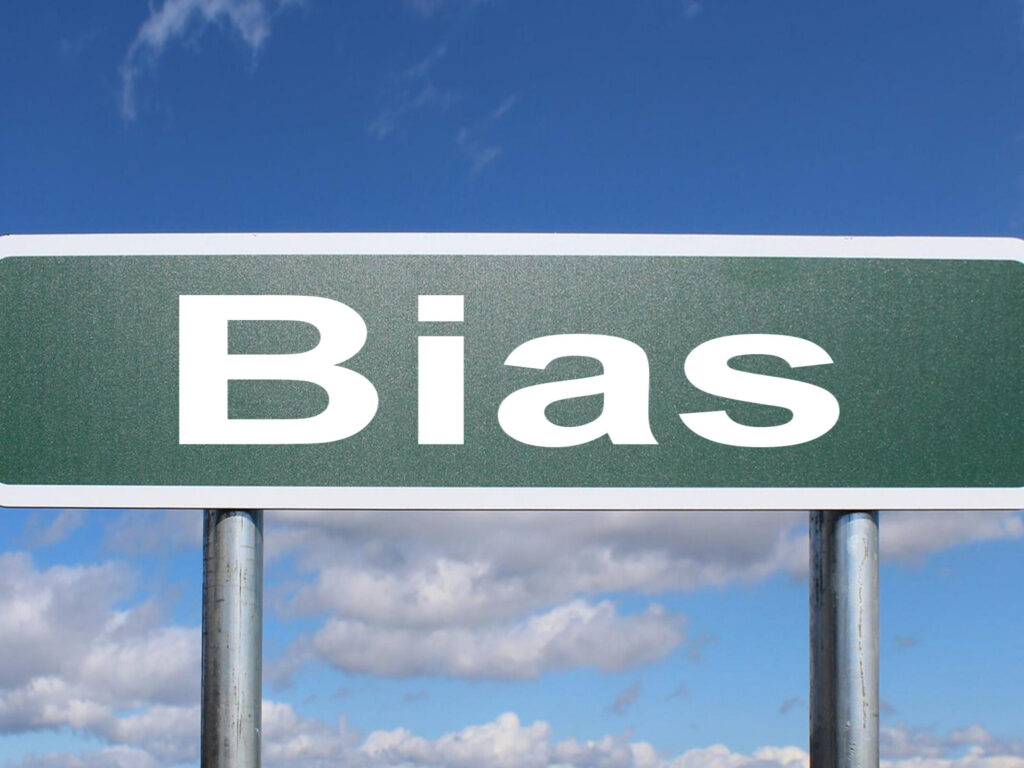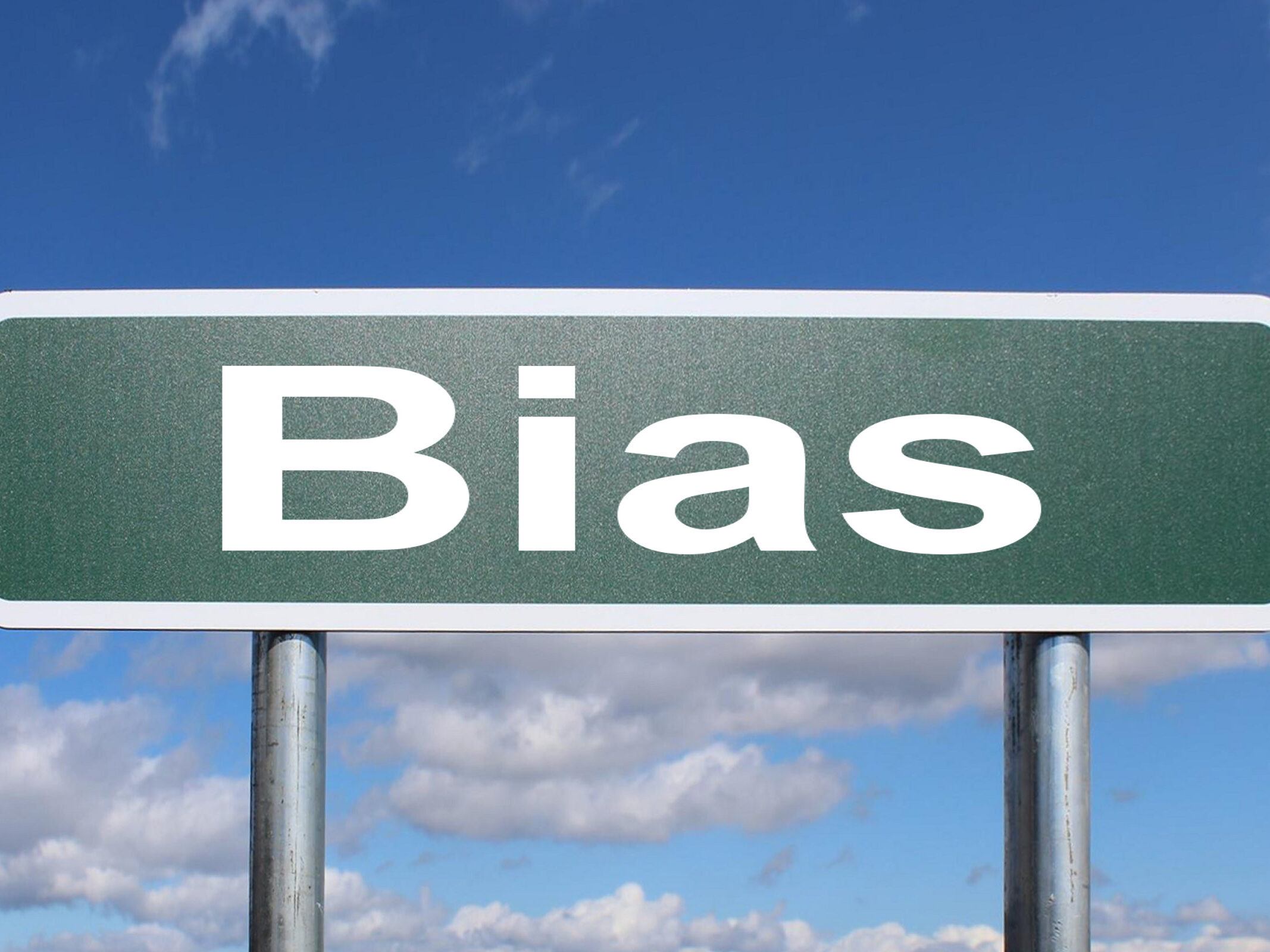
In the realm of strategic foresight and futuring, the ability to anticipate and prepare for potential futures is crucial. However, this discipline, like any other, is not immune to bias. Bias in foresight can shape the scenarios we create, the assumptions we hold, and the strategies we develop. Addressing these biases is not just an ethical imperative but a practical one, ensuring that our foresight processes are robust, inclusive, and capable of guiding us toward more equitable and resilient futures.
Understanding Bias in Strategic Foresight
Bias in strategic foresight can manifest in several ways, often subtly influencing the outcomes of our futures thinking. These biases can be cognitive, cultural, or systemic, and they can affect how we interpret data, select scenarios, and envision potential futures. Common biases include:
- Confirmation Bias: The tendency to favor information that confirms our preexisting beliefs and ignore information that challenges them. This can lead to the creation of futures that reinforce the status quo rather than challenge it.
- Anchoring Bias: The reliance on an initial piece of information (the “anchor”) when making decisions, even if it’s not the most relevant or accurate. In foresight, this might mean sticking too closely to current trends and underestimating the potential for disruptive change.
- Cultural Bias: The influence of one’s cultural background on their perception of the future. This can lead to a narrow focus on futures that reflect one’s own cultural norms and values, excluding alternative perspectives.
- Hindsight Bias: The tendency to see events as having been predictable after they have occurred. This can skew the analysis of past scenarios and limit the creativity needed to imagine truly novel futures.
The Impact of Bias on Foresight Processes
When biases go unchecked in strategic foresight, they can lead to several detrimental outcomes:
- Limited Scenarios: Biases can restrict the range of scenarios considered, leading to a narrow and incomplete view of possible futures. This can result in missed opportunities and unpreparedness for unexpected developments.
- Reinforcement of Inequities: Cultural and systemic biases can lead to futures that reinforce existing inequalities, failing to account for the needs and perspectives of marginalized groups.
- False Confidence: Biases can create a false sense of certainty about the future, leading to overconfidence in particular strategies or outcomes.
Strategies for Mitigating Bias
Addressing bias in strategic foresight requires intentionality and a commitment to inclusivity. Here are some strategies to consider:
- Diverse Teams: Assemble foresight teams with diverse backgrounds, experiences, and perspectives. Diversity helps to challenge assumptions and bring in alternative viewpoints that might otherwise be overlooked.
- Explicitly Identify Biases: Encourage team members to recognize and articulate their own biases. This can be done through reflection exercises, training, or facilitated discussions that bring unconscious biases to the surface.
- Use of Counterfactuals: Engage in counterfactual thinking by asking “what if” questions that challenge existing assumptions. This helps to explore a broader range of possibilities and mitigate the influence of confirmation and anchoring biases.
- Scenario Testing with Different Populations: Test scenarios with different stakeholder groups to see how they resonate with various audiences. This can help uncover biases related to cultural norms and values.
- Regular Review and Reflection: Continuously revisit and reflect on the foresight process, questioning whether any biases have crept in and how they might be mitigated. This should be an ongoing part of the strategic foresight cycle.
Conclusion
Bias in strategic foresight and futuring is an inevitable challenge, but it is one that can be managed with awareness, diversity, and deliberate action. By actively addressing bias, we can create more inclusive, comprehensive, and resilient visions of the future—ones that better prepare us for the complexities and uncertainties ahead. In doing so, we not only improve the quality of our foresight work but also contribute to the creation of a more equitable world for all.
